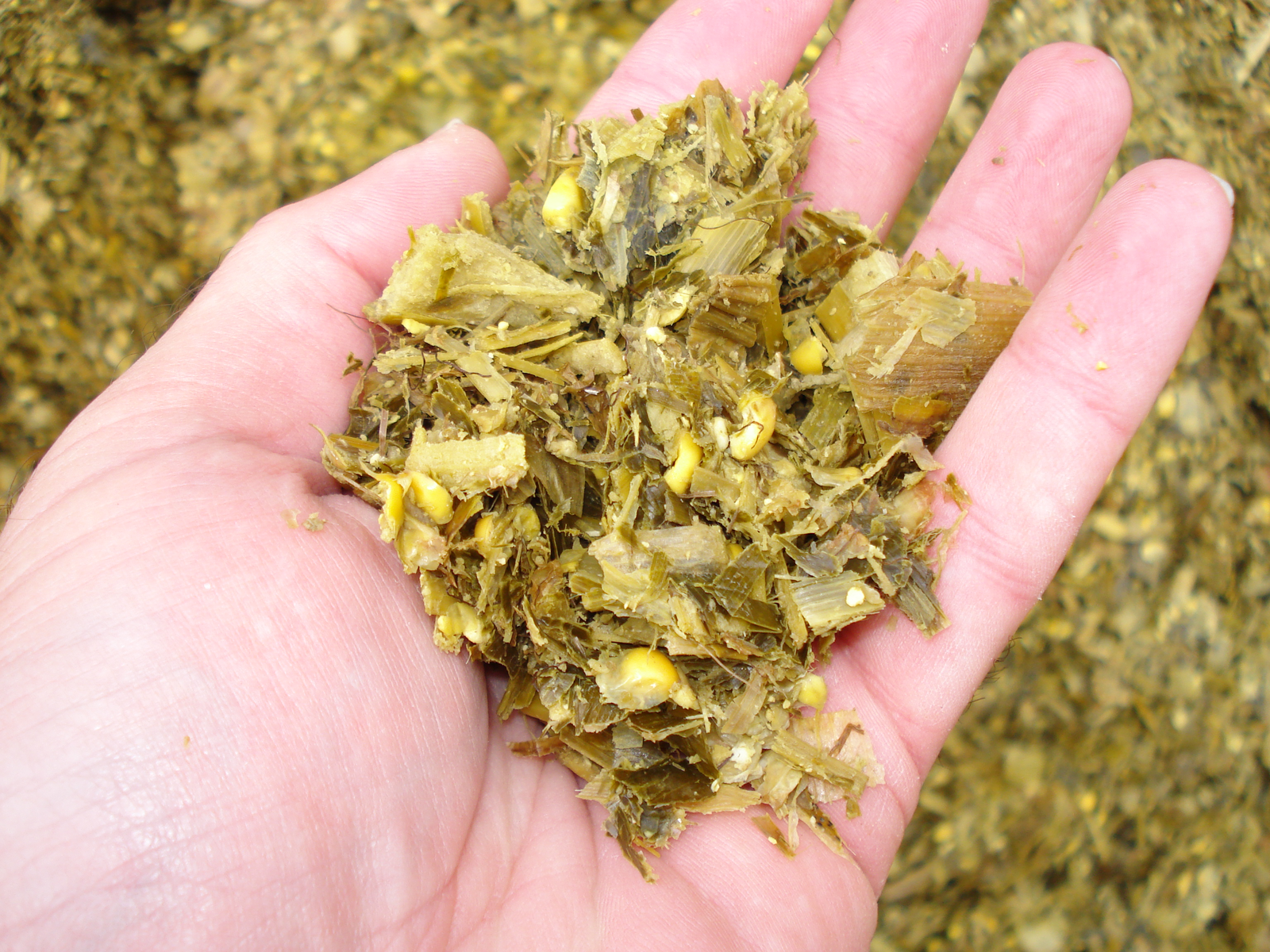Mycotoxins found in Danish maize silage

Danish maize silage in general is a cause of acute single mycotoxin intoxications in cattle. This was concluded by researchers from the Technical University Denmark. However, complex mixtures of mycotoxins are still of concern.
Maize silage is a widely used feed product for cattle worldwide, which may be contaminated with mycotoxins, pre- and post-harvest. This concerns both farmers and consumers. To assess the exposure of Danish cattle to mycotoxins from maize silage, 99 samples of whole-crop maize (ensiled and un-ensiled) were analyzed for their contents of 27 mycotoxins and other secondary fungal metabolites by liquid chromatography-tandem mass spectrometry. The method specifically targets the majority of common pre- and post-harvest fungi associated with maize silage in Denmark.
Sixty-one samples contained one or more of the 27 analytes in detectable concentrations. The most common mycotoxins were zearalenone, enniatin B nivalenol and andrastin A, found in 34%, 28%, 16% and 15% of the samples, respectively. None of the samples contained mycotoxins above the EU recommended maximum concentrations for Fusarium toxins in cereal-based roughage.
Thus, the present study does not indicate that Danish maize silage in general is a cause of acute single mycotoxin intoxications in cattle. However, 31 of the samples contained multiple analytes; two samples as much as seven different fungal metabolites. Feed rations with maize silage may therefore contain complex mixtures of fungal secondary metabolites with unknown biological activity. This emphasizes the need for a thorough examination of the effects of chronic exposure and possible synergistic effects.
This is an abstract of an open access article (published in Toxins).











